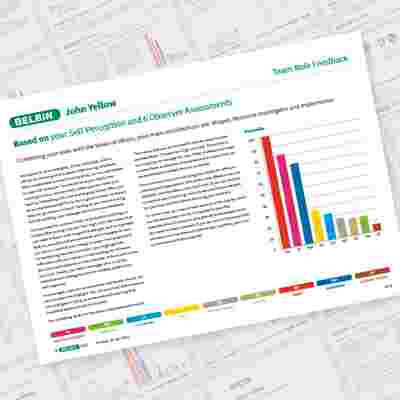How can Belbin help?
A team that understands their Belbin dynamics can spot risks early and take action – without blame or drama.
For example, each Belbin Team Role has an opposite. (You can find out more about Belbin Team Role theory by attending our accreditation course.)
People with opposite Team Roles are well-placed to work in a complementary way, with each picking up the slack and manage one another’s weaknesses.
The Plant’s creativity needs a judicious Monitor Evaluator to check that ideas are viable.
The Specialist’s narrow focus needs a broad-minded Co-ordinator to ensure that the team doesn’t become insular.
Whilst individuals are still responsible for their own behaviour, a greater understanding of the dynamics at play can help grease the wheels.







